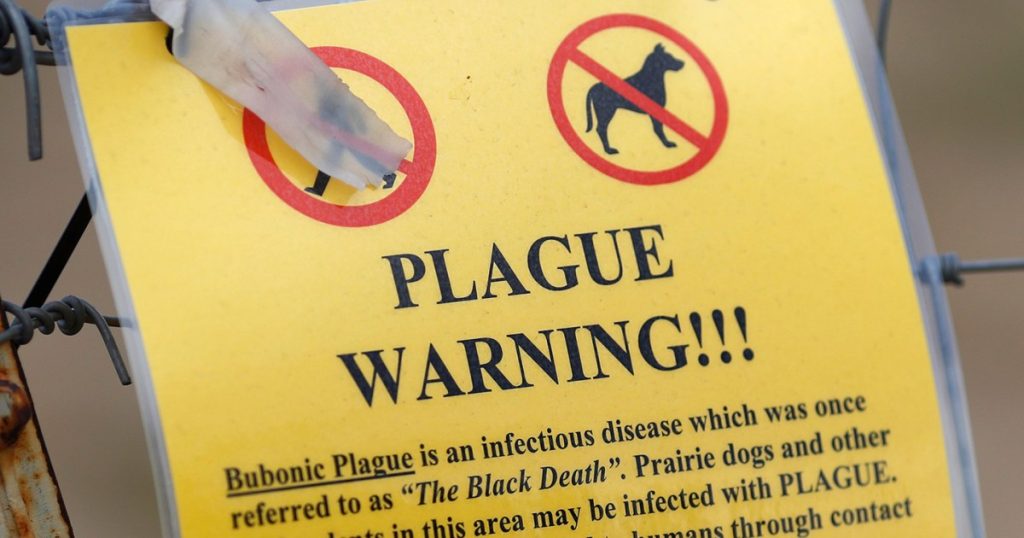Colorado health officials are investigating a case of suspected plague, a rare bacterial infection that infamously killed tens of millions of people in 14th-century Europe and is now easily treatable with antibiotics.
The Centers for Disease Control and Prevention estimates that seven cases of plague occur in the United States each year. Mid-FebruaryOregon officials reported that the case likely came from a sick cat.
Are you surprised to hear that the plague still exists? Here’s what you need to know.
What is the plague?
Bubonic plague is the most common form of bacterial infection and is spread naturally among rodents such as prairie dogs and mice.
There are two other forms of plague: septicemic plague (which spreads throughout the body) and pneumonic plague (which infects the lungs).
Bubonic plague causes painful swollen lymph nodes called buboes, most commonly found in the groin, armpits and neck, and if left untreated, it often progresses and transforms into the other two forms of plague.
Other symptoms of plague include sudden high fever and chills, headache, and pain in the abdomen, legs, and arms. Cleveland Clinic.
How is the plague transmitted?
The bacteria is transmitted through the bite of infected fleas and can spread between rodents, pets and humans.
Humans can also become infected with the plague through contact with infected bodily fluids, so medical experts recommend taking extra care when handling dead or sick animals. Plague can also be spread through respiratory droplets from a patient with pneumonic plague.
Pneumonic plague is the deadliest and most contagious disease, with a nearly 100% mortality rate if left untreated, said Lisa Morici, a microbiologist and immunologist at Tulane University School of Medicine.
Where does the plague exist?
In the United States, most cases occur in rural areas of northern New Mexico, northern Arizona, southern Colorado, California, southern Oregon, and western Nevada. According to the CDC:.
Globally, plague is most prevalent in the Democratic Republic of the Congo, Madagascar and Peru. who.
How is plague treated?
Although the plague has never been eradicated, techniques for preventing its spread and treating it when it does infect humans have improved.
If treated early with antibiotics, the plague is curable. The important thing is to see a doctor right away, otherwise the plague can be fatal.
And as the old saying goes, prevention is better than cure.
Keeping the area around your home clear of debris and other items that may attract rodents can help reduce the risk of infection. Keeping your pets up to date on flea treatment also helps reduce the risk of infection. When hunting, camping, or spending other time outdoors, the CDC recommends using an insect repellent containing DEET to keep fleas and other disease-spreading pests at bay.
Is there a vaccine?
Yes, but the World Health Organization recommends it only for people at high risk of infection, such as laboratory and health care workers. No plague vaccine is available in the United States.
Morici said that while vaccines used in other parts of the world are effective against bubonic plague, there is no solid evidence they protect against pneumonic plague and more research is needed.
Developing a plague vaccine trial would be ethically and logistically difficult, she said.
“Because bubonic plague is very treatable with antibiotics and because it’s such a rare disease — we don’t see thousands of cases of plague a year — there isn’t a large market for a plague vaccine right now,” Morisi said.


